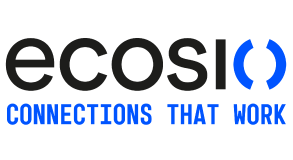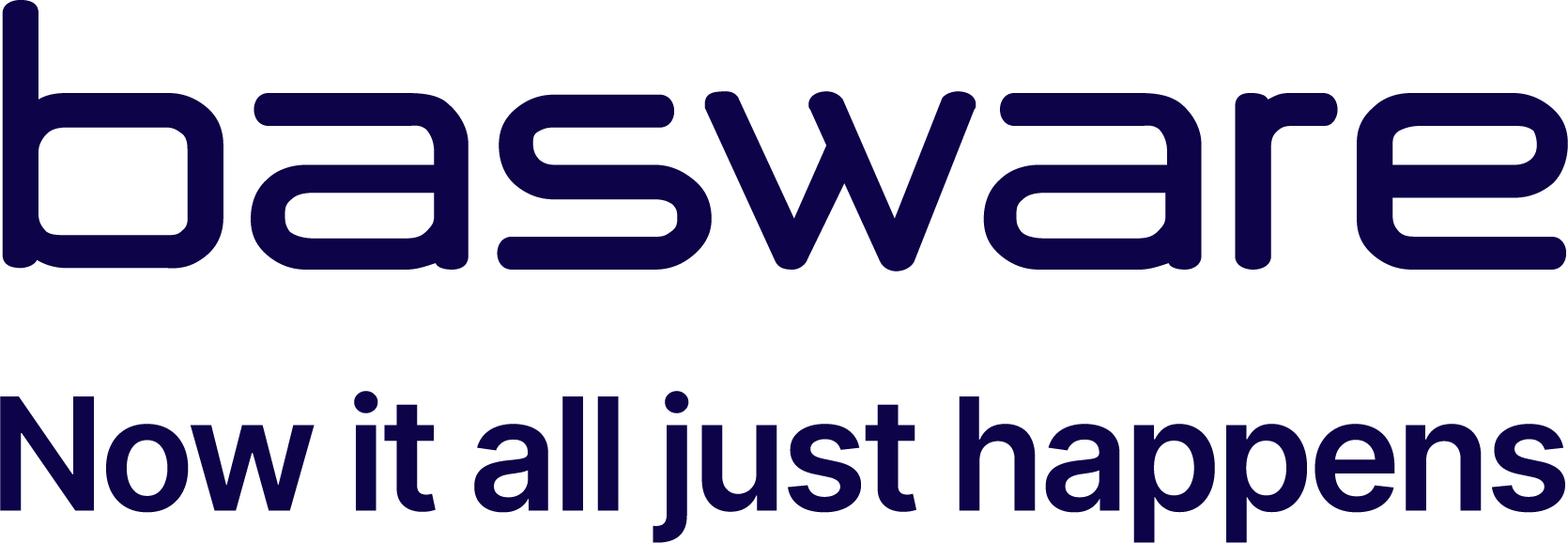In modern supply chains, an effective and sustainable method of trading key information with suppliers is crucial. The demand for flexible and reliable electronic data interchange (EDI) solutions, especially via API, is growing. However, many decision makers are unaware of the key differences between EDI solutions, wrongly assuming that different solutions essentially all do the same job. In reality, EDI solutions vary widely, from those offering EDI via API to local EDI converter software. There are differences between on-premise and cloud-based EDI solutions, and the amount of internal work required to set up and operate different solutions differs greatly between suppliers. One of the most important technical factors that separates adequate EDI solutions from excellent ones is API integration. There are two main categories of EDI solution types: on-premise systems and cloud-based solutions. On-premise solutions require a great deal of internal effort to maintain and are unable to connect directly to partners who do not have EDI capability or external networks.
Source ecosio
Click on the logo to visit the website
Latest Posts in "World"
- Global eInvoicing: Trends, Models, Interoperability, and Innovation Shaping the Digital Future
- Turn Fiscalization Compliance into a Competitive Advantage: Free Webinar on October 30
- Webinar Fiscal Solutions: Turn Fiscalization Into a Competitive Advantage (Oct 30)
- Basware on YouTube – Compliance without the boring bits – Episode 5 (December 9)
- “How do I know if my Peppol e-invoice has arrived?” – A practical guide for entrepreneurs















